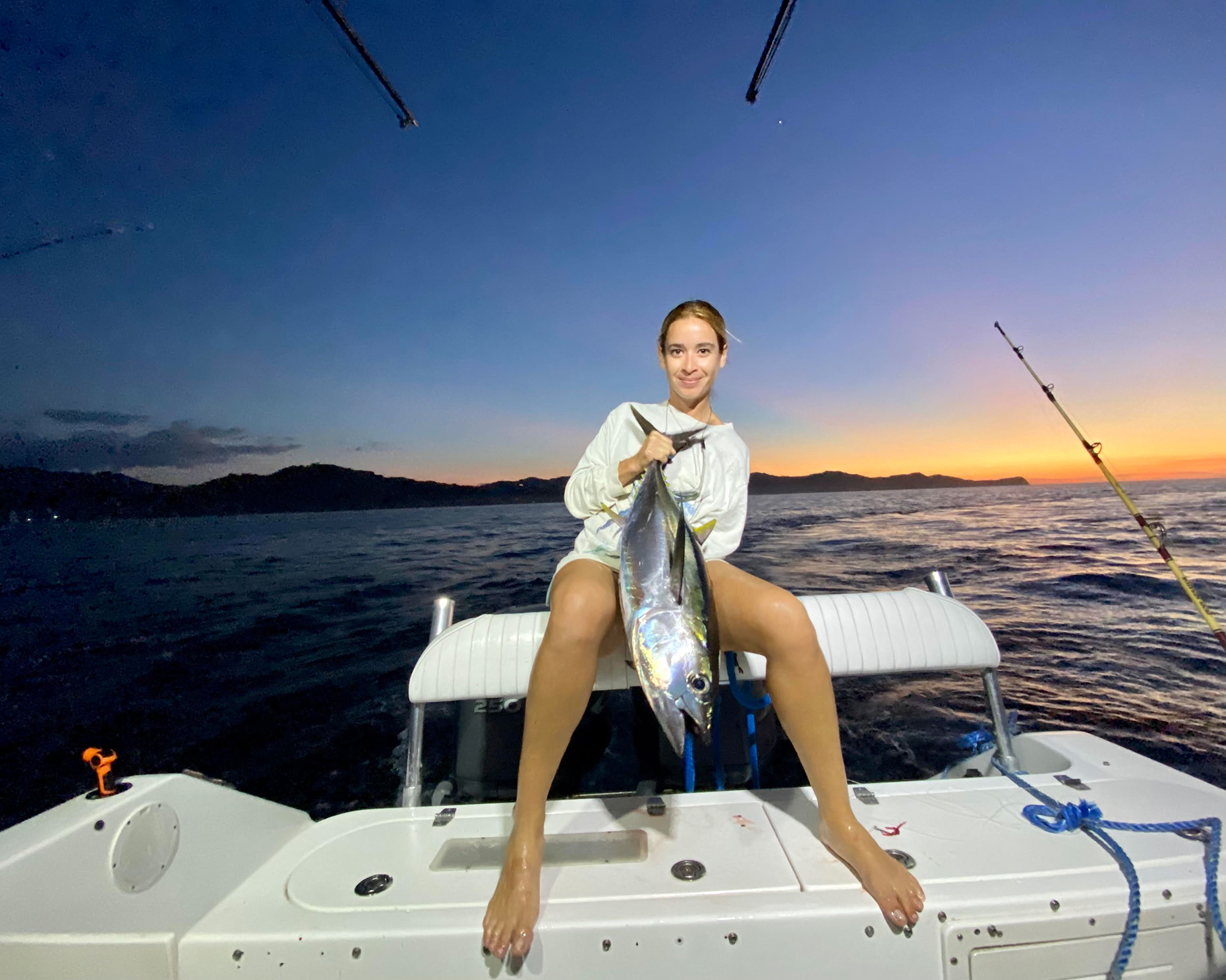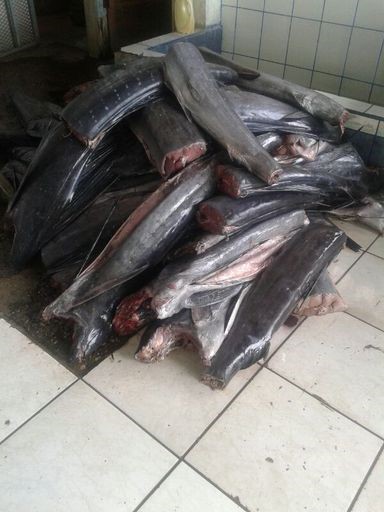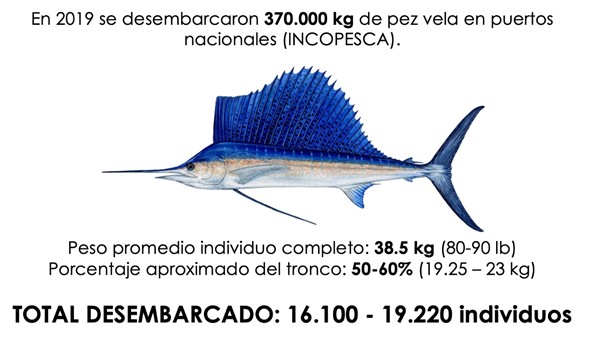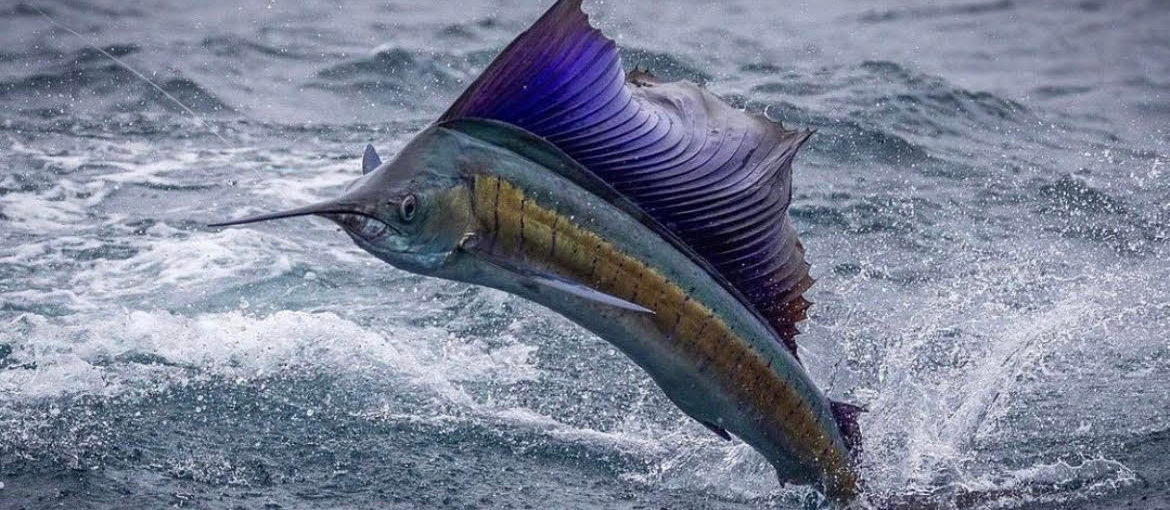16,000 Dead Sailfish in Costa Rica: Sport Fishermen can help change that
Published by The Tico Times

Tuna like Yos Disan’s recent catch are common these days close to shore
At the same time the number of sailfish caught and released by the sport fishing fleet is down 70% in some parts of the country while commercial landings of sailfish have risen 126%.
Even though the law states that sailfish, marlin, and tarpon are species of tourist interest and must be regulated, the government allows for 15% of incidental catch of commercial boats can be sailfish and sold on the national market.
Pre-Covid, sport fishing tourism was pumping $500 million annually into the Costa Rican economy. After more than a year of very little tourism, lots of people are already making reservations for the upcoming fishing season. Dra. Marina Marrari wants there to be sailfish out there, the most sought after fish by the charter fishing tourist.
Dra. Marina Marrari is a data expert and Director of the FECOP, the sport fishing lobby in Costa Rica and has been studying catch data from the sport fishing and commercial fishing sectors for some time now.
First Marrari took a look at what other countries are doing. The United States, Guatemala, Nicaragua, and Panama all prohibit the commercialization of sailfish. Mexico reserves marlin and sails for sport fishing industry and no fishing commercially in the first 50 miles from the coast.
El Salvador and Costa Rica were the only countries in North and Central America on the Eastern Tropical Pacific that allowed commercialization of sailfish. El Salvador just passed a regulation moving commercial long line fleet out to 75 miles.
She also noted that billfish, (marlin and sailfish) are landed in the Costa Rican ports in trunks, meaning the head, tail, and fins are removed at sea. This also adds weight when considering catch percentages allowed in Costa Rica and makes it difficult to identify which species of billfish it is.

Looking at sailfish landings over the last decade, Marrari noticed while commercial landings of sailfish increased, sport fishing numbers continued to go down. Graphing this data showed every time there was a spike in commercial landings sport fishing catches dropped. This was attributed to both the increase of live bait used by the commercial fleet and illegal fishing practices.
Some of the factors noted for the decline were: Fishing for bait in the Golfo Dulce and Golfo Nicoya. (illegal). Fishing live bait within 30 miles of the coast, which is considered by the government as direct fishing for sailfish. Unattended and unmarked longlines. (gear must be marked with owners boat identification). Billfish landed in trunks and current regulations are not being enforced.
Dra. Marrari and her fellow scientists from Fecop presented the case recently to board of Incopesca, the government agency in charge of fishing in Costa Rica and also officially requested a ban on the commercialization of sailfish.
This is not a new idea. It was first requested 30 years ago and the can has been kicked around for the last 3 decades. Marrari is determined to change that and is asking for help in the form of data.
There have been meetings that followed in which Incopesca stated that enforcement of current regulations would cure the problem which is basically passing the buck because while Incopesca makes the rule, the Coast Guard is in charge of enforcing them.
Incopesca also stated that they need more data which is a common claim when looking to reform fishing regulations. Marrari has not been swayed. She is bringing her case to other government agencies and has asked to present to the scientific committee of Incopesca. Their recommendations weigh heavily with the board.
In 2019 370,000 kilos of sailfish were reported landed in Costa Rican commercial ports. If you figure the body weight of an individual fish after the head and tail have been removed it adds up to somewhere between 16,000 and 19,000 dead sailfish in one year.

How you can help:
The bigger the data base the more powerful it is. She is asking sport fishing fleets to share their catch data going back as far as possible. This if a great time to get your old log books organized. Marrari will gladly take your date and put it in a digital form at no charge. She will not share any personal data but will happily share the results of totals and the trends it produces which we all already know. But as W. Edwards Deming said so profoundly, “Without data you´re just another person with an opinion.”
Please send a note to info@fecop.org with your contact info and she will be in touch.
Todd Staley has run sport fishing operations in Costa Rica for nearly 30 years and works in marine conservation. He currently is Communications Director at FECOP, the Costa Rican Fishing Federation (www.fecop.org), serves on the International Game Fish Association’s Central America Council, and oversees the fishing operation at Crocodile Bay Resort.





















